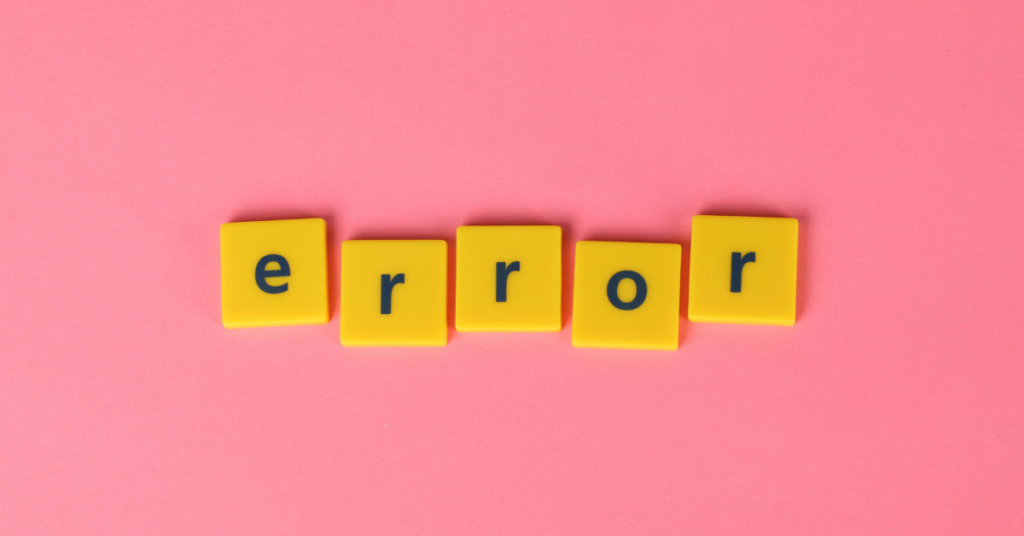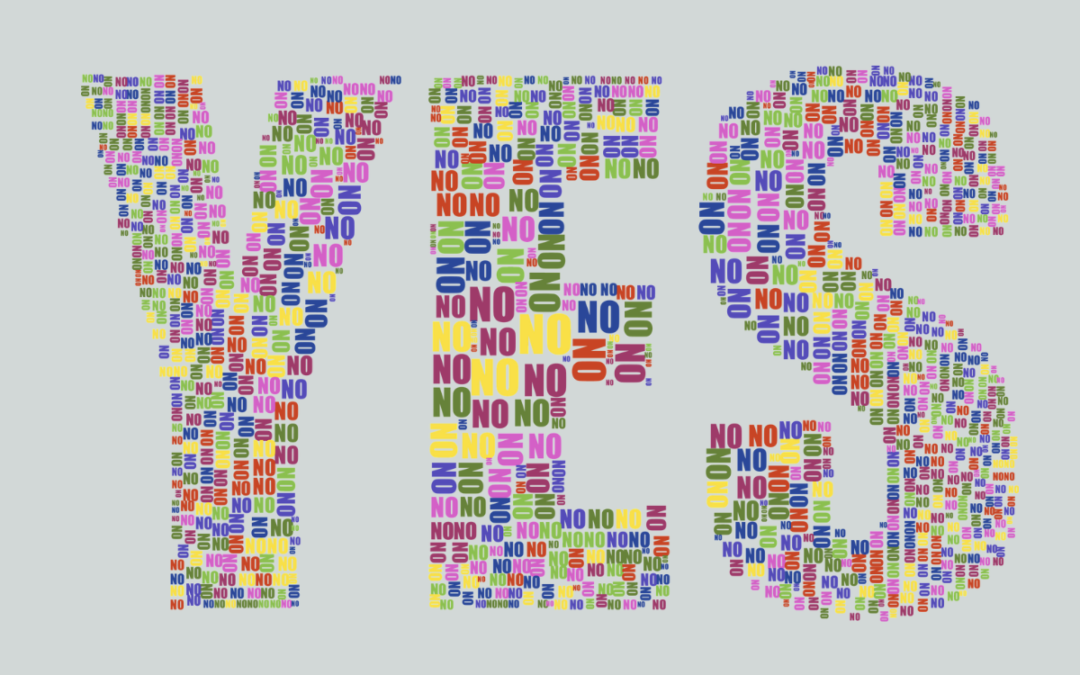Here at Monkey C Media, cover design is just one of the many services we offer to authors of all types. And we love what we do. We also, as you may expect, always recommend you hire professionals to design your book cover. But we understand it’s inevitable that some of you will go against advice and opt for creating your own book cover.
So, if you do decide to embark on creating your own book cover, we’d like to make sure it’s the best it can be. Because there’s no bigger threat to your book’s success than a poorly designed cover, and we want to help authors, even when they aren’t our clients.
Therefore, below we’ve included the Do’s and Don’ts of creating your own book cover.
DON’T Create Your Own Book Cover Just to Save Money
If saving money is your number one reason for creating your own book cover, this is a mistake in thinking. First of all, if you have any marketing budget at all, this is the place to spend it— besides on a good editor, of course.
Because most marketing can be done for free with enough work and effort, you’re better off spending your budget on a professional book cover. The learning curve for good book design is much steeper than other aspects of book marketing.
Here’s the thing. We’re asked to redesign book covers all the time. If your book cover is not good, it will need to be redesigned. So you’re not really saving money are you? You’re actually just wasting time.
The good news is, there are affordable options out there. Many freelancers are available to help you create better book cover images than you could on your own. But book designers also understand the importance of placement, fitting the genre, and even proper font usage. This is why we’re covering a lot of that here.
Choose Where You Save Your Money Wisely
Your book cover needs to fit certain standards you may not even be aware of, and the truth is, readers can spot these errors and it will turn them away from your book. This means no sales, or even poor reviews, if the cover is bad enough. Yes, readers can leave reviews, even if they haven’t read it.
Because your book cover is its biggest marketing tool, and a reader’s first impression of it, it should be where you focus your marketing budget and energy. People do judge books by their covers and bad cover means your book will be rejected outright by your potential audience.
DON’T Use AI Images if You’re Creating Your Own Book Cover
Though it may seem tempting to use a generative AI tool to bring your ideas to life when creating your own book cover, doing so is a huge mistake.
- First and foremost, AI is easily spotted by most readers and they absolutely do not like it. It signals little effort or care has been put into the book and they won’t want to read it.
- Secondly, many readers are supporters of writers and authors and find that creatives using AI(which is sourced from real artists and writer’s work) to be morally objectionable.
- Thirdly, generative AI just isn’t good enough yet. It appears off and uncanny. It makes terrible mistakes, and it’s just not creative. To even begin to get good results, you would need to do a lot of research on creating successful prompts and then you would still likely need the skills to use outside tools to bring it up to par.
Just don’t do it. There is no good reason to do so. Instead, use platforms such as Canva to create workable graphics. Then save money when you hire a designer by having them clean it up, format the layout correctly, and make it into a usable book cover image.
DO Make Sure You’re Not Infringing on Copyrights
A big issue that you can face when creating your own book cover is infringing on copyrights. Not all stock images are rights free and not all fonts are free to use. You need to make sure the images you use are not under copyright, even if you’re only clipping part of an image. Using any part of a copyrighted image, logo, or design is a huge no-no when creating your own book cover.
To avoid this, do your research, pay fees if necessary, and never, ever copy a full image of someone else’s work. This should be common knowledge, but unfortunately it’s not.
Using copyrighted work of any kind without permission will land you in trouble and could result in litigation.
DO Do the Research on Your Genre Before Creating Your Own Book Cover
Speaking of research, it’s imperative that you have an understanding of your genre. Your book cover will need to fit neatly into genre conventions, and you will need to know your comparable titles. Why? Though it may seem like you have a great idea in mind and it will be unique and stand out for the creativity involved, if your book cover doesn’t fit within your genre, you’ll be doing yourself a disservice.
Readers want to know what to expect from your book and know its genre BEFORE reading it. This is what book covers do. They entice the reader by giving them what they are looking for. And readers don’t like tricks or surprises.
The best way to make your book’s genre clear to your readers is to first, fully understand WHAT your book’s genre is, then study your comparable titles to create a book cover that fits those conventions.
Your YA book cover will look different than a middle grade cover or a picture book cover. Your business book cover will have little in common with a memoir cover, etc. They all have specific sets of fonts, color schemes and image styles, so get to know them.
Getting this right is key. So,
- Know your genre
- Research your comparable titles, and
- Create a book cover that fits within your genre’s conventions
NOTE: Knowing your comparable titles will also be part of your book marketing strategy, you will just use them for a different purpose.
Other Mistakes You Can Make Without Realizing

There are other common mistakes you can make when creating your own book cover. These are more subtle, but scream to readers that your book cover is not professional-looking, and therefore that your book is not worth reading.
Besides bad image layout, using the wrong graphic and font styles, or just using low-quality AI images, and not fitting genre conventions, there are a few other cover design mistakes that can really stand out.
When Creating Your Own Book Cover, Don’t Overlook Your Back Cover and Spine
Something like the spine of your book may seem inconsequential when creating your own book cover. But all the elements of your book cover design fit together to collectively make a professional-looking book. Your book’s spine should include certain elements and be arranged in the right way. You also want it to look visually appealing when sitting on a shelf with the spine facing out.
Your back cover is almost as important as the front! It needs to fit seamlessly as a spread with the front and it should include, at the very least, a polished and engaging book cover description. It also needs a barcode with a human readable price, and your bio. There are other things you can include as well, and you can read all about what makes a back cover design up to professional standards in our blog on the topic.
The Text Placement Matters to the Whole Cover Design
Another big mistake new authors make( and that we see a lot) is not getting the text placement right. Sometimes the title will be too high, or too large or too small, for the design as a whole. Also, the text can be placed in such a way that when it overlaps with the cover design, it makes it hard to read. So color is important here too, but text placement should be carefully considered when creating your own book cover. Color scheme comes into play here as well.
Your font style and size work hand and hand with their placement to create a cohesive book cover design.
Where you add your author name matters too. It’s up to you where you want to place it, and how much you want it to stand out. Just never use “by” before your author name, please. It’s a given that if a name is on the jacket, that’s the person who wrote it. It looks unprofessional to state that it is “by” you.
We have to note that cover treatment and trim size matter as well for the final product. You can read more about choosing your trim size(that’s the size your book will be) and other print book options here.
You can also view some great examples of bad book cover design here. You’ll see some of the mistakes we’ve covered. It’s for educational purposes, okay?
It’s Worth it to Get it Right!
Ultimately, even though there are a lot of rules to follow when creating your own book cover, much of it is still up to you. So you can be creative, within reasonable limits. You want to make the cover yours, but also you want it to fit expectations and conventions, so that it speaks to your readers. Follow these basic Do’s and Don’ts and you will greatly increase the odds that your book cover won’t flop.
If you put all the work into writing a book, you want it to be read, right? Remember, having a good book cover, whether you decide to create it on your own or not, is the foundation of a strong book marketing strategy.


Recent Comments